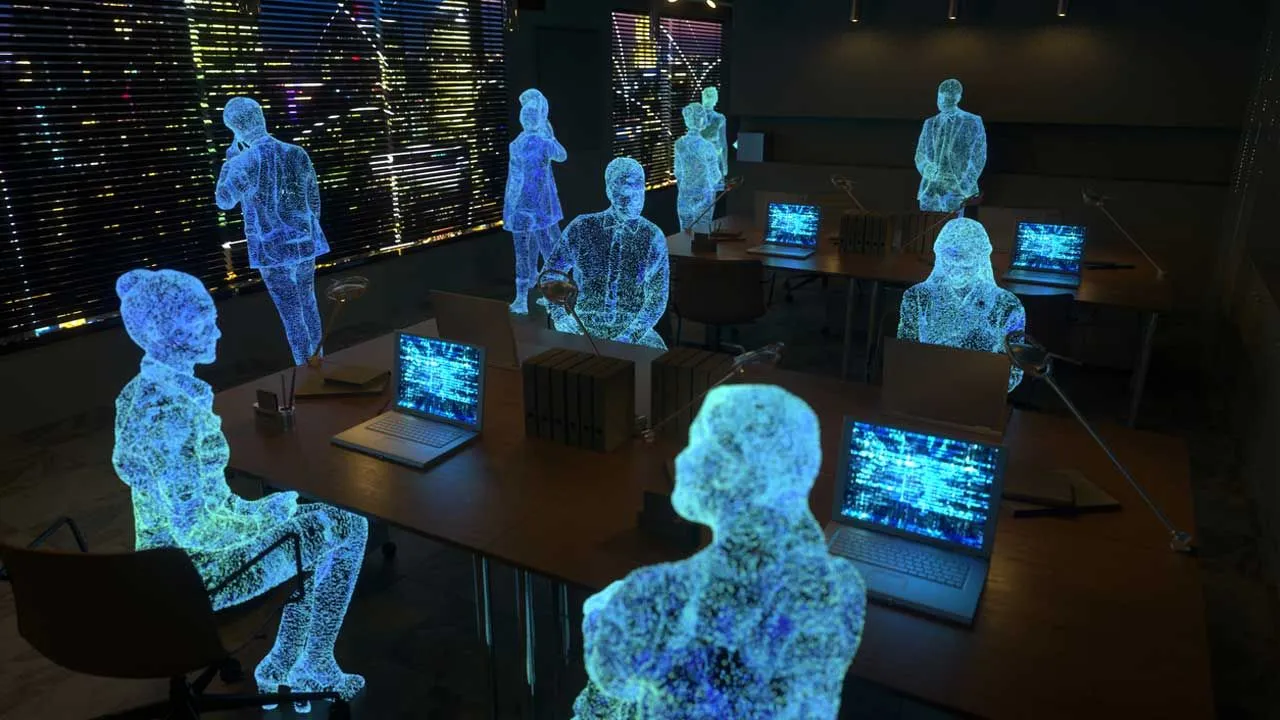Current data shows that, despite their extensive investments in AI, many companies are resorting to rehiring former employees they had previously laid off. Global data shared by labor analytics firm Visier clearly demonstrates that automation technologies have not yet replaced the workforce to the extent anticipated.
Artificial Intelligence Fails to Meet Expectations
Visier analyzed employment data for 2.4 million employees across 142 different companies. According to these findings, approximately 5.3 percent of laid-off employees, or an estimated 127,000 employees, were rehired by their same employers after some time. The recent upward trend in this rate points to a new reality in the tech world.

Visier’s principal analyst, Andrea Derler, states that this situation indicates that companies are beginning to confront the current limitations of AI. According to Derler, while AI automation is frequently used as a “viable justification” for layoffs, a concrete reality of productivity and savings has not yet emerged to support this justification.
Common AI systems like ChatGPT, Claude, and Copilot can often automate only specific, narrow tasks, but they can’t handle all the tasks of a full-time employee.
This forces companies to bring back experienced and knowledgeable employees to manage new technologies and maintain overall productivity.
It’s also reported that managers don’t fully grasp the true cost of AI investments. An AI deployment, including hardware, complex data systems, and security infrastructures, requires substantial capital expenditures.
This view is supported by research from MIT, which shows that approximately 95 percent of companies haven’t yet seen a measurable financial return on their AI investments. Furthermore, workforce cuts are proving far more costly than anticipated. Orgvue’s data shows that companies spend an average of $1.27 for every $1 saved.













